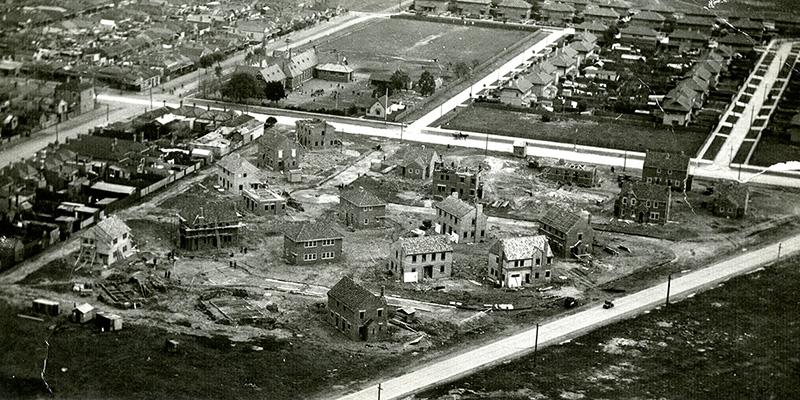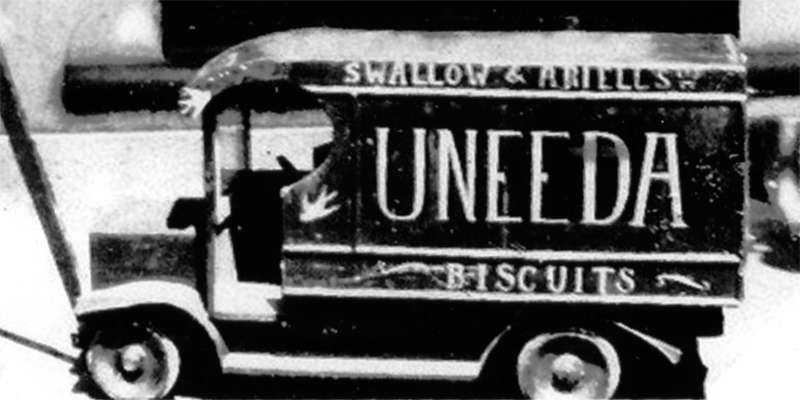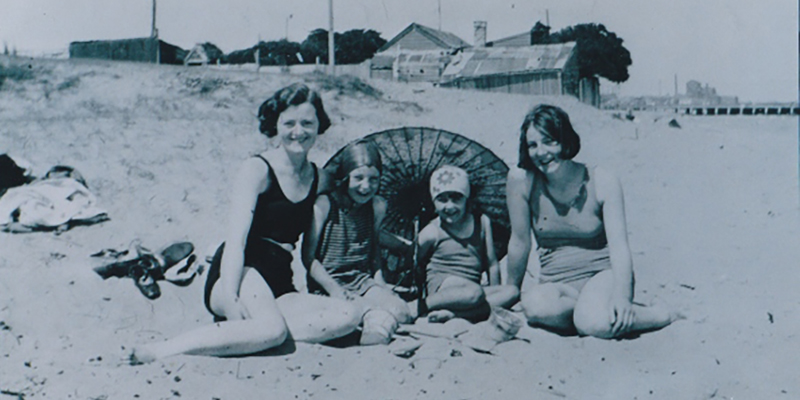The 1866 Fight on Sandridge Town Pier
by Ray Jelley, April 2020
While researching John August Daniels I noticed the name Stivey in the list of watermen who lived in Beach Street according to the 1870 edition of the Sands & McDougall directory. I guessed that the family might be one that could be easily researched with such a distinctive, and I assumed, rare surname. My research quickly led me to some newspaper articles that made for very interesting reading.
I found that there were two men named James Stivey, father and son, and both watermen who lived in Sandridge. A search of the PROV records for assisted immigrants revealed that the Stivey family, comprising four adults and two children had arrived in Victoria on board the Ontario in 1854. The PROV records produced a mystery about the identity of James’ wife, but that is not relevant to this story, and the Stivey families’ story could produce an extensive narrative by itself.
The available records do indicate that the Stiveys lived in Sandridge for many years at various addresses. Father and son James were working as watermen in 1866 when an altercation between James the elder and another waterman, Charles Gray a Swede, began on the landing stage that was built alongside the Sandridge Town Pier. Gray had come down to the pier with some goods he wished to take off but found that his boat had been moved from the position in which he had left it. It was common practice for people who did not have boats of their own for them to make use of any boat that happened to be moored at the landing. Evidently Gray made some abusive and disparaging remarks about Englishmen and taking his boat without permission. This was overheard by James Stivey who responded in kind to Gray, and to which he took offense. Gray then proceeded to shed his coat and after hitting the elder James Stivey, the younger James Stivey came to his father’s aid knocking Gray into a boat. From there Gray got up and began fighting with the younger James, while another man began fighting with the older James, knocking him down again. At this time a general melee ensued with Gray once more assaulting the older James and another man named Ryder becoming involved in trying to protect the older James and separate the warring parties. When Gray appeared to be getting the worst of it in the scrum that was occurring on the landing an employee of Gray’s – another Swede named John Johnson leapt from the pier to the landing and struck Ryder on the head with a piece of timber he had grabbed. Ryder fell down stunned and the younger James seized Johnson and held him until a constable arrived who took Johnson into custody and charged him with assault.[1] Ryder was conveyed to the Melbourne Hospital where he died a few hours after being admitted. The post-mortem discovered that he had a fractured skull.
Johnson was arraigned before Mr Justice Molesworth and a jury of twelve on a charge of the wilful murder of George Waters Ryder on 19 September 1866. After the evidence was presented and his honour made a summary of the testimonies to the jury it retired. They returned after about ten minutes deliberation and found Johnson guilty of manslaughter for which he was sentenced to two years hard labour.[2] Johnson was released from prison on 14 January 1868.[3]
Six days before the murder trial the Sandridge Police Court sat before Messrs Call, Thomas and Dr Plummer and one of the cases examined was a charge of assault brought by Charles Gray on father and son Stivey. After each side had their chance to describe the fight on the pier in detail, the magistrates imposed a forty shilling fine on the younger James in addition to £2 8s 6d costs and a twenty-shilling fine and twenty-six shillings costs on James senior.[4]
The Stivey family lived in Port Melbourne for many years, and after arriving in 1854 members of the family were still registered on the 1980 electoral roll as living in Port Melbourne. Percy William Stivey died in 1987 when living in Port Melbourne which makes the family’s tenure 133 years. The family must have been one of those who, despite living in the Port for many years, carried on with their lives unrecorded in the written histories of Port Melbourne, as neither U’Ren and Turnbull nor the Brides list the family in their indexes. Johnny May does however remember Isabell and her father Percy William Stivey as they lived at 10 Griffin Crescent next-door to where John’s wife Win lived with her family at 8 Griffin Crescent. Percy was the great, great nephew of James Stivey senior.
If you have any stories about the Stivey families that you can share we would love to hear from you.
Endnotes
[1]‘Fight Among the Sandridge Boatmen,’ Leader, 8 September 1866, p. 11.
[2]‘Melbourne Criminal Sessions,’ Age, 20 September 1866, p. 6.
[3]‘Johnson, John: No. 7751,’ Central Register of Male Prisoners, The Public Record Office of Victoria, VPRS 515/ P1 item 11, record Page 392.
[4]‘Sandridge Police Court,’ Age, 14 September 1866, p. 6.



